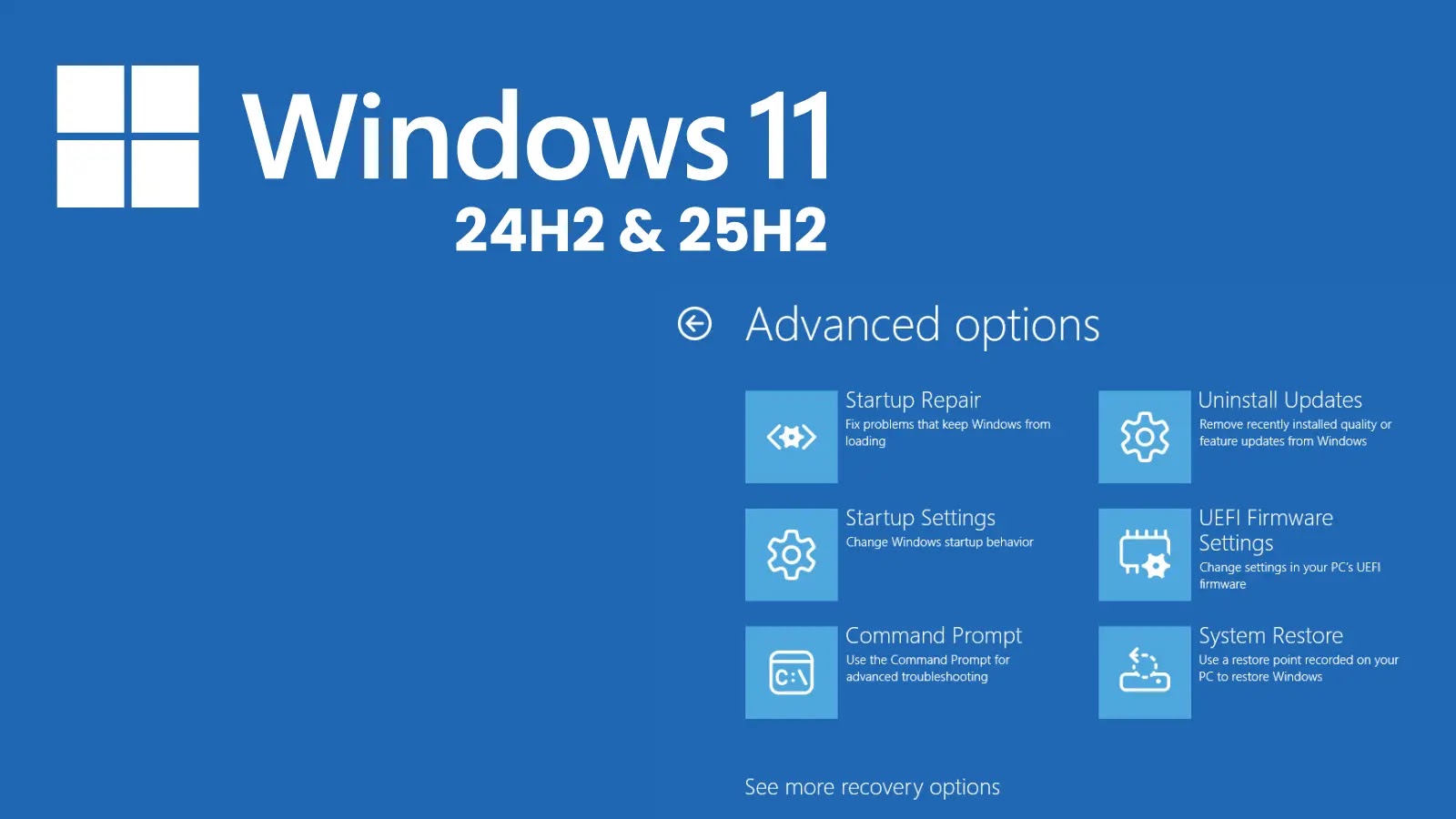In July 2025, Singapore’s cybersecurity landscape faced a significant challenge when Coordinating Minister K. Shanmugam revealed that the nation was actively defending against UNC3886, a highly sophisticated Advanced Persistent Threat (APT) group targeting critical infrastructure. This disclosure, made during the Cyber Security Agency’s (CSA) 10th anniversary celebration, marked a rare public acknowledgment of an ongoing cyber campaign against Singapore’s digital backbone.
Understanding UNC3886: A New Breed of Cyber Threat
UNC3886 represents a new generation of state-sponsored threat actors employing advanced techniques to infiltrate and maintain persistent access to critical systems. The group’s primary attack vectors focus on critical infrastructure components, utilizing sophisticated methods designed to evade traditional security measures while establishing long-term presence within targeted networks.
Google-owned cybersecurity firm Mandiant has extensively tracked this group, identifying patterns that suggest a China nexus. However, Singapore’s government has deliberately avoided direct state attribution, emphasizing a preference for technical attribution over political implications. This strategic approach focuses on forensic evidence rather than geopolitical considerations.
The impact of UNC3886’s operations extends beyond typical espionage activities, with capabilities spanning intelligence gathering and potential disruption of essential services. Minister Shanmugam highlighted the group’s ability to cause major disruption to Singapore and Singaporeans, underscoring the critical nature of the threat.
Advanced Persistence and Evasion Techniques
UNC3886’s sophistication lies in its advanced persistence mechanisms and detection evasion capabilities. The threat actor employs multi-stage payload deployment techniques that blend legitimate system processes with malicious code execution. Their infection chain typically begins with carefully crafted spear-phishing campaigns targeting infrastructure operators, followed by the deployment of custom backdoors designed to survive system reboots and security updates.
The group’s persistence strategy involves modifying system registry entries and creating scheduled tasks that appear as legitimate maintenance operations. Their detection evasion techniques include process hollowing, where malicious code is injected into legitimate processes, and the use of living-off-the-land binaries (LOLBins) to execute commands without deploying traditional malware signatures. This approach allows UNC3886 to maintain extended access while minimizing their digital footprint, making attribution and remediation significantly more challenging for defending organizations.
Singapore’s Legislative Response: Strengthening Cybersecurity Laws
In response to the heightened threat landscape, Singapore has taken proactive steps to bolster its cybersecurity defenses. Minister for Digital Development and Information Josephine Teo announced amendments to the Cybersecurity Act, introducing new measures that require critical infrastructure operators to report suspected APT attacks to the CSA. This mandate, expected to take effect later in 2025, aims to support the early detection of APT activities and enable timely actions to defend critical information infrastructure (CII) owners against attacks.
The amendment follows the recent disclosure of state-linked cyber-espionage activity by UNC3886 and reflects Singapore’s commitment to enhancing its cybersecurity posture. The CSA has also convened closed-door briefings with CII leaders and is ramping up collaboration across sectors to address the evolving threat landscape.
The Role of Artificial Intelligence in Cyber Defense
As cyber threats become more sophisticated, Singapore recognizes the importance of leveraging artificial intelligence (AI) to enhance its cybersecurity measures. AI-driven solutions can analyze vast amounts of data to identify patterns and anomalies indicative of an attack, enabling faster detection and response. Machine learning algorithms can be used to detect and block malicious activity, complementing existing security measures.
The CSA has begun collaborating with industry partners and the broader cybersecurity community to develop AI-driven countermeasures to threats. This includes agreements with technology companies to formalize the exchange of threat intelligence and the development of AI governance testing frameworks to evaluate AI deployment against objective technical trials and process checks.
Building Cyber Resilience: A National Priority
Singapore’s approach to cybersecurity emphasizes resilience over reactivity. The nation is moving from a focus on cybersecurity to cyber maturity, recognizing that the lines between cybercrime and cyber threats to national security are blurring. This shift involves not only strengthening technical defenses but also fostering a culture of cybersecurity awareness and preparedness across all sectors.
The CSA’s initiatives, including public consultations on technical guidelines to secure AI systems and partnerships with global and local entities to share actionable threat intelligence, reflect this holistic approach. By investing in key technologies and fostering collaboration, Singapore aims to maintain its position as a thriving and secure digital hub.
Conclusion
The disclosure of UNC3886’s activities and Singapore’s subsequent response highlight the evolving nature of cyber threats and the importance of a proactive, strategic approach to cybersecurity. By focusing on technical attribution, strengthening legislative frameworks, leveraging AI, and building cyber resilience, Singapore is taking comprehensive steps to safeguard its critical infrastructure and digital future.



